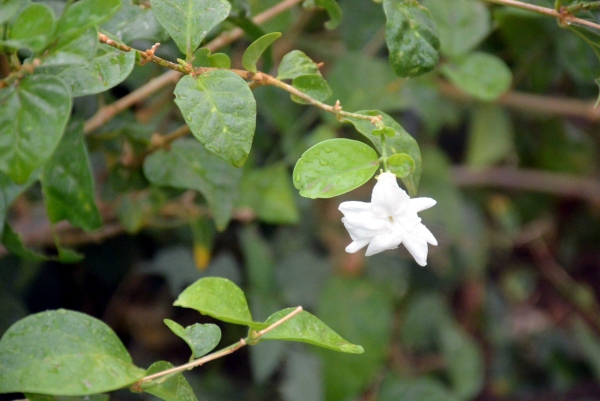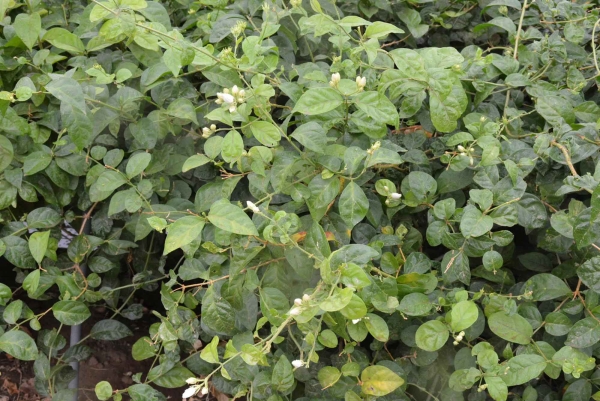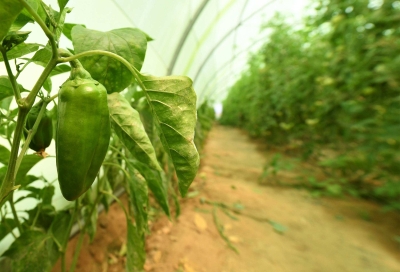


Arabian Jasmine or Sambac Jasmine (Jasminum sambac, Oleaceae), is a flowering plant from the Oleaceae family. It is native to South Asia and is cultivated in Riyadh Province in the Kingdom of Saudi Arabia. It was transported from its native South Asia by Arab merchants on their trade routes westward. However, it does not thrive in Riyadh, likely due to its sensitivity to frost and extreme cold during winter.
Characteristics of Arabian jasmine
The Arabian jasmine plant has evergreen foliage and its shiny leaves appear in groups consisting of two or three leaves, arranged on thin branches. Summer is its blooming season, characterized by clusters of white, tubular flowers with a distinctive fragrant aroma. During the other seasons, its flowers only appear intermittently.
Arabian jasmine growth environment
For the proper growth of Arabian jasmine, several factors are necessary: exposure to direct sunlight or partial shade to produce a plentiful number of flowers. Low temperatures do not cause problems for the plant, but it should not be exposed to prolonged periods of frost.
It also requires fertile, well-drained soil to achieve strong vegetative growth, which allows it to withstand drought once fully grown. However, it thrives best with regular watering. The plant should be fertilized with a multi-purpose fertilizer applied in two doses during spring to stimulate vegetative growth first and then the appearance of flower buds. Transplanting is best done in the fall. It can tolerate pruning at any time of the year to achieve a bushy shape, although it will not become a climber after pruning. To reach a height of about three m, it needs support such as a trellis or arbor. It can be planted in flower beds and can also cover the ground, creating an attractive appearance with its dark green leaves.
Propagation of Arabian jasmine
Arabian jasmine can be propagated through seeds, planting seedlings, and cuttings. It is a hardy plant that typically does not suffer from pests and diseases. It is often used as an ornamental plant in pedestrian areas and for landscaping parks. Furthermore, it serves as an attractive feature in private home gardens. Additionally, it can be used to create a floral hedge. In China, its flowers are dried to make jasmine tea, and they are also used to extract perfumes and essential oils.
Related quizzes

